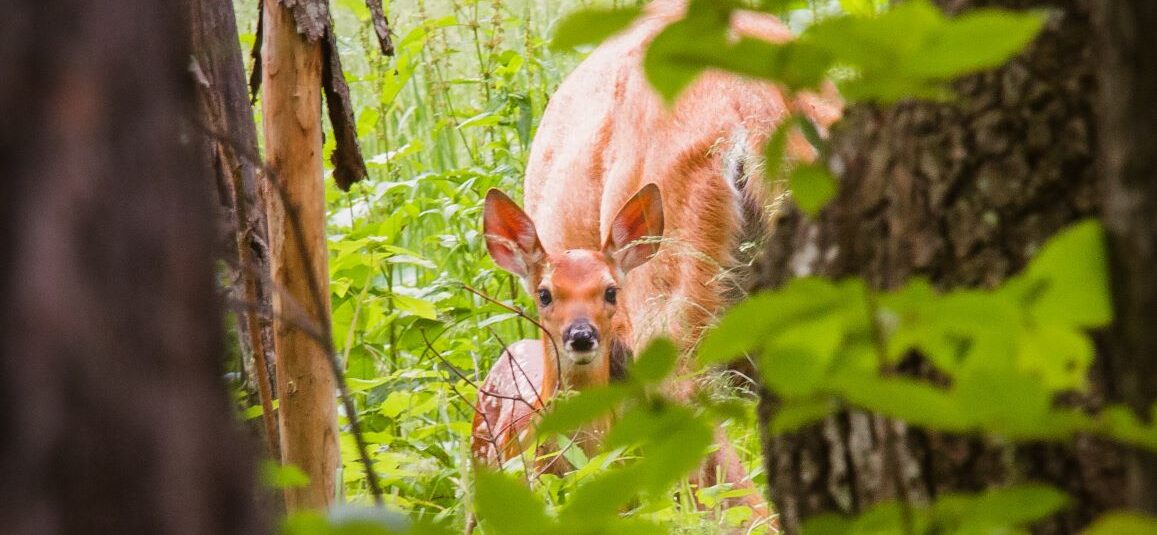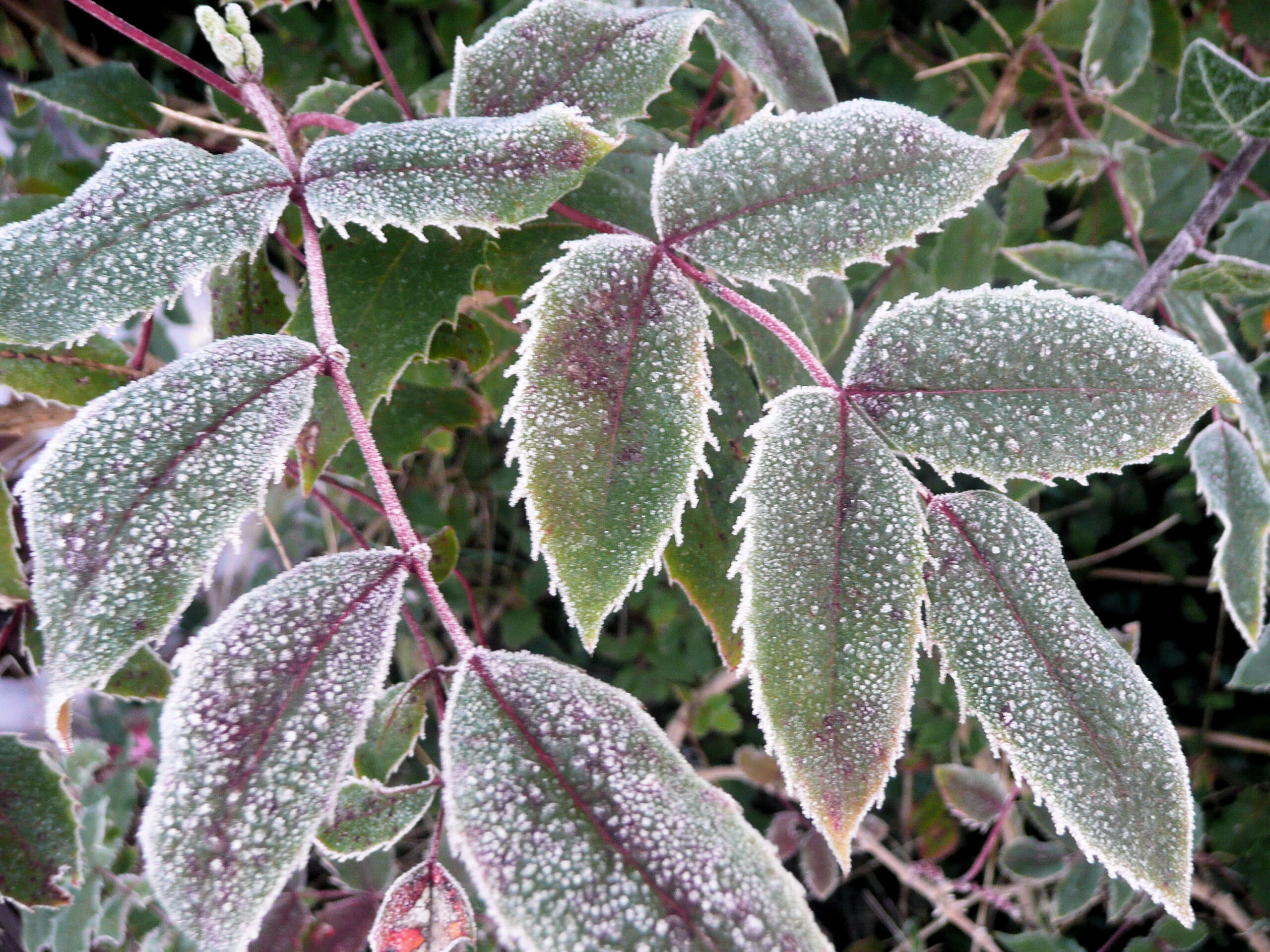By Jessie Walthers, Conservation Program Manager Groundhog Day. Who doesn’t love this most random of…

Do Deer-Proof Plants Exist?
One of the most frequent questions we get is, “what plants are deer proof?” The unfortunate answer is… none. Some plants are less tasty for deer and some hold up better to extensive deer browsing, but no plants are truly immune to being deer food. Thankfully, there are a few strategies that can help reduce the damage to your plants and your overall garden.
Healthy Plants
When plants are healthy they are more able to regrow after being munched on by deer. Things like drought, disease, and improper nutrients can compound the stress and diminish their health. Test your soil to ensure you are planting appropriate species for your soil type, nutrients, and Ph. Choose drought tolerant species that need less water to remain healthy , such as many of our native plants.
A Really Tall Fence
The only sure-fire way to make a garden deer-proof is to surround it with a really tall fence. How tall of a fence is required to keep deer out? It varies by the size of the garden. If you have a very small garden, you can probably get away with a 6 foot fence because the deer won’t jump into a space if the don’t have room to jump back out of it. If you have a large garden however, you’ll need an 8 foot fence to be on the safe side. Eight-foot fencing materials can be hard to find so one option is to use 6 foot fencing with posts for an 8 foot fence and add two strings of wire around the top two feet.
Deer-Resistant Plants
If a deer is hungry enough, it will eat anything. And young fawns are notorious for sampling all types of plants until they learn what’s best. However, some plants aren’t as palatable as others. The Center for Native Plants has put together a list of deer-resistant, native plants. Most local nurseries also have a deer-resistant section that can help you select your plants. Be cautions of anyone trying to sell you a deer-proof plant… like unicorns, everyone loves the idea of them but they don’t actually exist.
Preventative Measures
Deer are quick learners and habitual. If they get into the habit of eating from your yard or garden, it will be almost impossible to break them of that habit. In this case, an ounce of prevention is worth a pound of cure.
Browse protection cages made from flexible plastic can be purchased at most nurseries and can help protect young shrubs and trees but will need to be removed before the plants get too big. Repellent sprays, often made from dried blood or chemicals, can keep deer away until they become accustomed to the smell, but they may also encourage your dog to roll. Motion detector sprinklers can scare off deer until they get used to the sound and spray, but they will only be effective within the area the sprinklers reach.
If you don’t want (or can’t have) an 8 foot fence around your yard or garden, you can try these other preventative measures. But keep in mind, no one method will always work. Deer can become habituated to almost anything over time, so make sure to continuously try new methods and use multiple methods at a time.
Sacrificial Plants
It might seem counteractive, but you might be able to keep deer out of your prized garden by providing them with other sources of food. If deer are already a problem, you can plant hardy species you don’t care about on the outside boarder of your yard or garden. Sometimes, providing these sacrificial plants will satisfy the deer and keep them out of your favorite flowers. Again, this method won’t work all the time or on it’s own, so pair it with other methods discussed above.
Do you have a method we haven’t tried yet? Let us know and we’ll add it to the list!



